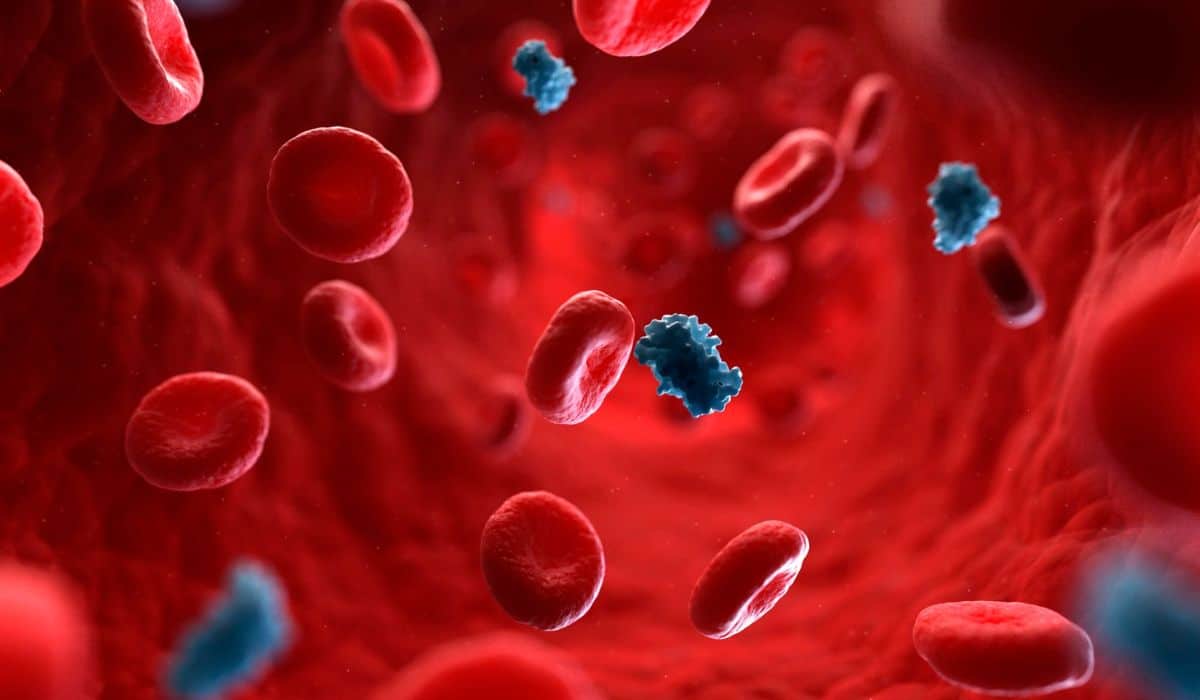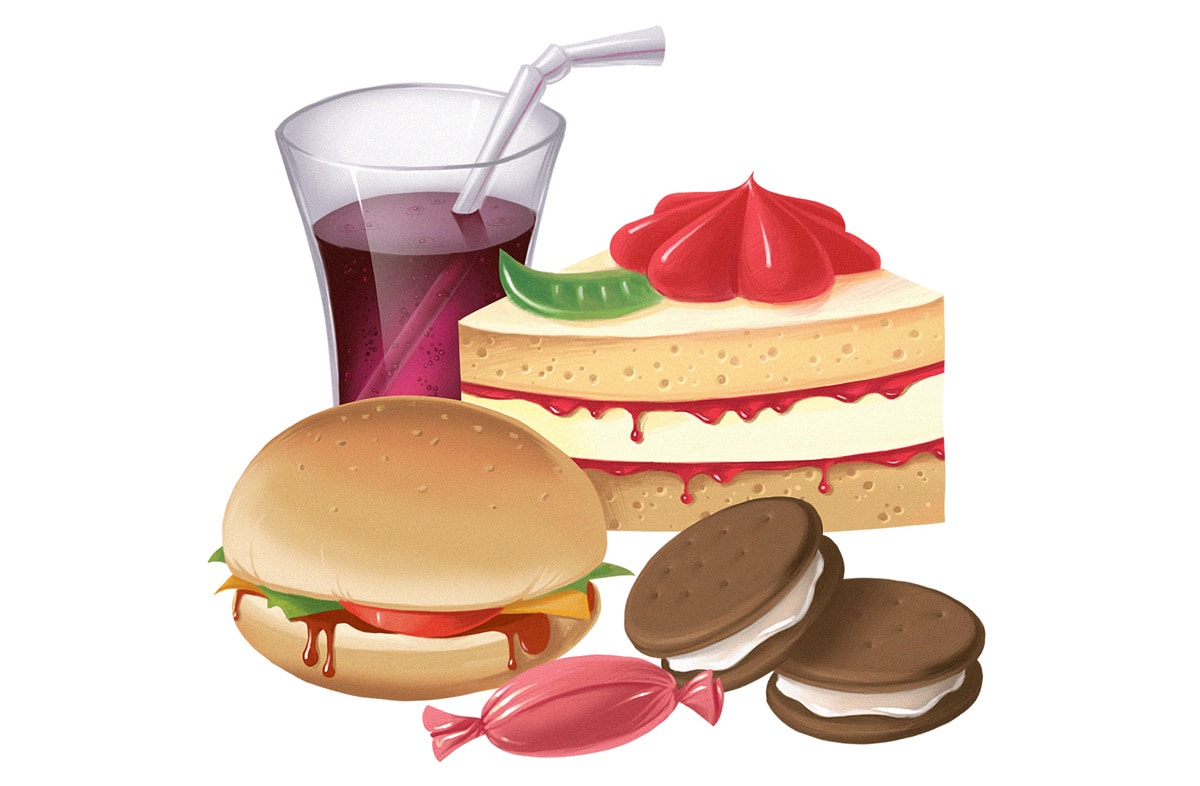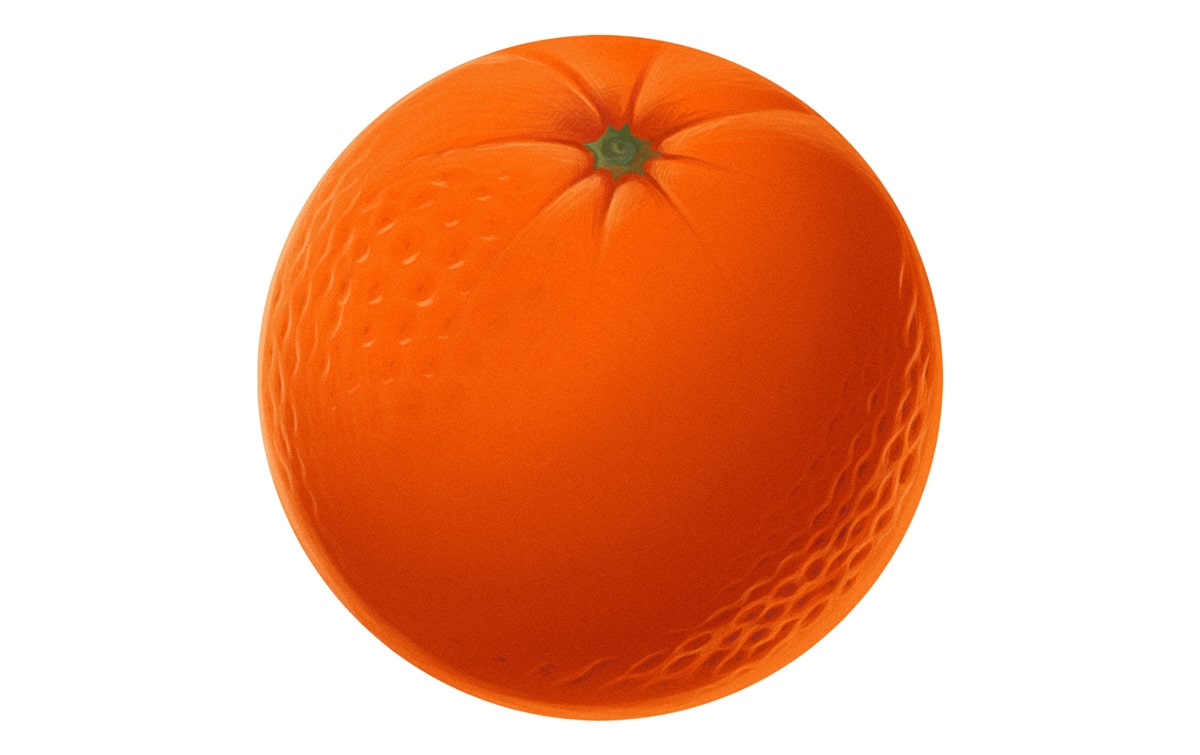
If you’ve been eating Paleo for a while, you probably know that gut problems and inflammation are involved in weight gain, diabetes, and other metabolic problems. But do you know how it works?
Here’s a look at…
- Specifically how poor gut health upregulates production of inflammatory proteins, and specifically how those proteins contribute to weight gain and metabolic disease
- Why this process is caused by dietary junk, not dietary fat
- What diet and lifestyle strategies can help prevent or reverse the damage
What is Metabolic Endotoxemia?
This is going to get a little bit technical right at the start, but just bear with it.
The story starts with the gut bacteria. The cell membranes of some gut bacteria contain molecules called lipopolysaccharides (LPSs). In healthy people, the LPSs stay inside the gut wall and don’t cause any problems. But in response to certain foods and other types of stress (more on this below), the walls of the gut can become “leaky” and let LPSs through into the bloodstream. As this paper describes it:
“significant alterations in the intestinal barrier lead to increased intestinal permeability, favoring translocation of microbiome-derived lipopolysaccharide to the bloodstream. This has been shown to result in a two- to threefold increase in its serum concentrations, a threshold named ‘metabolic endotoxemia’”
An increased level of LPSs/endotoxins in the blood is called metabolic endotoxemia, and it's pretty bad news. LPSs are endotoxins, one of the two main types of bacterial toxins - as the name implies, they're not doing you any favors.
Metabolic Endotoxemia Connects “Leaky Gut,” Obesity, and Inflammation
(Just to clarify, there’s a very extreme version of endotoxemia that can lead to septic shock - that’s not what we’re talking about here. This is a chronic problem that’s lower in intensity, with lower levels of endotoxins released into the blood but over a long period of time. It’s not visibly obvious and doesn’t cause a clear emergency at any specific point).
If you need a refresher on any of these concepts, now would be the time to take it: inflammation, intestinal permeabilitly (aka “leaky gut”), insulin resistance.
Metabolic endotoxemia is very bad news, mostly because it causes inflammation. Metabolic endotoxemia upregulates the production of inflammatory proteins like interleukin 1 (IL-1), interleukin 6 (IL-6), and tumor necrosis factor alpha (TNF-α). Those proteins cause a whole lot of damage. Just to take one example, TNF-α inactivates insulin receptors in muscle tissue, causing insulin resistance in muscles. Add up a whole bunch of these inflammatory proteins with all different effects and you’ve got a serious metabolic problem brewing. As this review puts it:
“Seeking an inflammatory factor causative of the onset of insulin resistance, obesity, and diabetes, we have identified bacterial lipopolysaccharide (LPS) as a triggering factor....This new finding demonstrates that metabolic endotoxemia dysregulates the inflammatory tone and triggers body weight gain and diabetes.”
Metabolic endotoxemia is one connection between gut problems and chronic diseases like diabetes and heart disease. To quickly recap in a slightly more visual form:
Abnormal permeability of the gut wall (“leaky gut”) > LPSs get out into the bloodstream > inflammation > insulin resistance and metabolic problems.
Does a High-Fat Diet Cause Metabolic Endotoxemia? Depends on the Fat!
So endotoxemia is bad news. But the next logical question is “what causes it and how can I prevent it?” - and that’s where you’ll meet a familiar demon, the Notorious HFD (High-Fat Diet).
Lots of studies claim that a high-fat diet causes metabolic endotoxemia, and that might seem like really bad news for Paleo. But take a look at the “high-fat” diets they’re using. It would be much more accurate to call them “high junk”
For example, here’s one of the few human studies. The researchers compared a high-fat meal to a low-fat meal and found that the high-fat meal induced metabolic endotoxemia. But the “high-fat” meal was basically sausage and egg McMuffins (“egg muffin and sausage muffin sandwiches”) and hash browns. It’s no surprise to anyone that eating fast food for breakfast is bad for you, but it doesn’t make sense to use this study as ammunition against a Paleo-style diet. This “high-fat” meal is also full of industrial oils, refined carbs, and a long list of processed-food gunk.

Want another example? Take this one, where the high-fat meal was bread with butter. Again, high fat + high carb from refined grains =/= Paleo. One last one: this study fed 8 subjects either “Western-style diet” or a “prudent-style diet” for a month. The prudent-style diet was lower in fat and saturated fat, but also higher in fiber, calcium, and anti-inflammatory nutrients like 3-omega fatty acids, vitamin C, and vitamin E. As evidence against saturated fat, this is pretty silly. The prudent-style diet was a more nutrient-dense and anti-inflammatory diet in general - of course the people on that diet had better outcomes! There are way too many differences in the picture here to pin down anything on saturated fat.
The problem with “high-fat” study diets is the junk, not the fat.
This review probably said it better. Instead of focusing on a “high-fat” diet, the review blamed “meals with high-fat and high-carbohydrate content (fast-food style western diet).”
A typical Western diet might also induce endotoxemia because it’s simply too high in calories. Overfeeding causes post-meal endotoxemia regardless of carb/fat composition, so if your “high-fat” diet is also a super high-calorie McMuffin diet, then it’s probably going to cause endotoxemia just for that reason alone.
Essentially, these studies show that typical American-style diets (which often happen to be high in fat) do cause endotoxemia. But none of these studies are convincing proof that a Paleo approach will cause the same problems, because the study diets just don’t resemble Paleo at all.
Other Nutritional Factors in Metabolic Endotoxemia
With that out of the way, let’s take a look at some of the other dietary factors in metabolic endotoxemia.
Good Guys: Probiotics and Prebiotics
Probiotics are live bacteria that you eat to replenish the population of good bacteria in your gut. They’re found in sauerkraut, kimchi, yogurt, and other fermented foods. Prebiotics are fibers that provide food for the good bacteria. They’re found in most fruits and vegetables.
This review goes over the role of probiotics and prebiotics in protecting against metabolic endotoxemia. There are some good studies on this, including this one where prebiotic fiber supplements reduced endotoxemia in women with type 2 diabetes. Basically, pro- and prebiotics help keep the gut healthy and prevent LPSs from leaking out into the bloodstream in the first place.
Good Guys: Plant Antioxidants
Dietary antioxidants help reduce inflammation, and at least in animal studies, dietary antioxidants can help protect against endotoxemia. For example, in in this study, cocoa antioxidants were protective against endotoxemia in mice on a junk-food diet.

But there’s another study that’s even more interesting. In human subjects, researchers even found that it was possible to prevent endotoxemia from a fast-food-style meal just by adding antioxidant-rich orange juice. They fed 10 healthy people the same fast-food breakfast as in the previous study (egg McMuffins and hash browns), but this time, they gave them orange juice with it. To quote the study, the juice “prevented meal-induced oxidative and inflammatory stress, including the increase in endotoxin and TLR expression.” The researchers credited the flavonoid antioxidants in the orange juice for the benefit.
This just confirms the differences between Paleo and the “high-fat diets” used in these studies. If your “high-fat diet” is a junk food diet with basically no fruits and vegetables at all, then sure, it probably will cause all kinds of metabolic problems. But the Paleo approach has always valued plant foods and encouraged eating plant foods and animal foods together. The problem isn’t high-fat foods; it’s the Western dietary pattern. Eating high-fat animal foods together with plant foods, in the traditional human dietary pattern, just doesn’t present the same problem.
Bad Guys: Gut Irritants
Remember that this all starts with intestinal permeability, aka “leaky gut,” which sounds like a completely made-up disease but is actually a real thing that’s been studied in legitimate research papers.
Gut irritants are foods or other things that damage the gut lining. You can get all the details and research on this here, but very briefly, some of the big bads are:
- Chronic stress
- Systemic inflammation
- Gluten exposure
- NSAID painkillers
Summing it Up
If you’ve ever felt a little fuzzy on specifically why inflammation and gut problems are supposed to be so dangerous, hopefully now it’s a little clearer. Damage to the lining of the gut allows LPSs to leak out into the bloodstream, causing metabolic endotoxemia and increasing the production of inflammatory proteins like IL-6 and TLR-α. Then those proteins mess with fat tissue and insulin metabolism, contributing to weight gain and metabolic problems.
Dietary fat isn’t the villain here so much as dietary junk. But studies have indicated that eating antioxidant and prebiotic-rich plant foods and maintaining good gut health can help prevent the problem. Lunch, anyone?





Leave a Reply